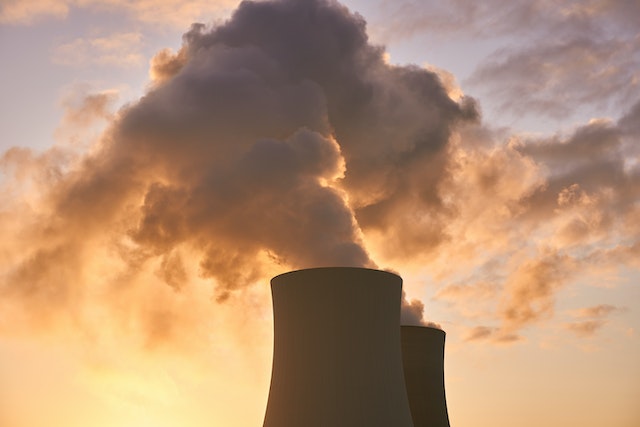When we talk about climate change it seems as though carbon emissions have become the only source of damage for the environment, making companies focus most of their efforts into just one of the many problems our environment and society faces today.
It is undeniable that our current social and economic model is an immense contributor to the excess of CO2 in the atmosphere, and that the latter is rapidly heating up the planet creating many direct and indirect consequences that affect virtually every living thing in the planet.
But is this all there is to our collective fight against climate change and the path towards sustainable development? Have we put all our cards into just one aspect of a much bigger problem?
What is carbon tunnel vision?
As the concept itself suggests, carbon tunnel vision is a kind of look at the world, and most specifically, at climate change, that solely considers CO2 when tackling the consequences of environmental degradation.
In other words, carbon tunnel vision is an strategy that pursues the very important goal of achieving net zero emission, but fails to consider any other parts of the problem that will still keep our societies struggling to find sustainable development.

The issue here is that it won’t matter achieving net zero emissions if we overlook human rights, fail to protect biodiversity, ignore the scarcity of resources, avoid tackling inequality, fail to procure education or many more essential elements to the wellbeing of people and the planet.
What is there to do beyond cutting down carbon emissions?
Clearly, carbon emissions have become one of the central problems and threats to our livelihood, but we cannot ignore other issues or all net zero efforts could end up becoming counterproductive.
Here are some other concerns companies and organizations should look towards protecting in order to achieve real and complete sustainability:
Gas and oil extraction and use create many more issues than just CO2 emissions, for example, toxic air, water and waste pollution that affect the health of workers and close by communities.
And we cannot forget about human rights implications, again, for workers and communities, specially if we take into consideration indigenous communities that are affected by the unprecedented exploitation of their land and are particularly vulnerable to climate change.
And of course, if we talk about damaging the environment we need to address biodiversity loss and the degradation of ecosystems, as CO2 emissions many times come at the expense of big chunks of natural spaces and the over exploitation of the latter. Take for example deforestation or forest degradation. In this regard, although a lot of net zero efforts could come from offsetting emissions and capturing technologies, it would still not be enough.

How can companies avoid a carbon tunnel vision?
Although efforts to cut down carbon emissions are important, it would be naive for companies to solely focus their efforts on CO2 emissions if they truly are aware and committed to protecting the environment and people. In fact, it could be argued that carbon tunnel vision can sometimes be a consequence of greenwashing.
Cutting down on carbon emitting energy sources and production methods requires tackling a set of complex and interconnected issues that can not be categorized by importance, but rather be seen as equally relevant and necessary. Carbon tunnel vision is the result of putting emissions above all else.
One of the first steps for this is to acknowledge the many inequalities that take place in the race towards a just energy and economic transition, and how some territories and communities could be more or less affected by all the changes needed to be taken.
This means companies need to make a clear assessment of the many climate and social risks that their practices imply and act accordingly to ensure every aspect is covered in their sustainability strategy.

How can companies ensure a just transition that avoids carbon tunnel vision?
As we have talked about in this blog before, transparency should be a given for every facet of the sustainability strategy of a company. The only way to stay away from a one-dimensional view of the world is to actually put the effort first to fully comprehend what we are working with.
This is, it is an essential part of succeeding in our sustainability journey to look far and beyond carbon emissions and assess all impacts of a company’s activities. Only then can we measure, understand and manage the latter negative effects.
Furthermore, making sure both impact on the environment and people, and the subsequent strategies to mitigate them, are being shared with stakeholders, shareholders, investors and the general public, is the best form of accountability and responsibility.
Transparency, technology and engagement
We have developed a corporate government tool that helps establish ESG impact objectives for employees in regards to the sustainability strategy of the company. Through our technology we are able to activate and track employees’ impact, creating engagement that translates into improved ESG metrics, reputational value and an overall positive impact for the environment and society.

If you want to know more about how we work to create a positive social and environmental impact, click here.







